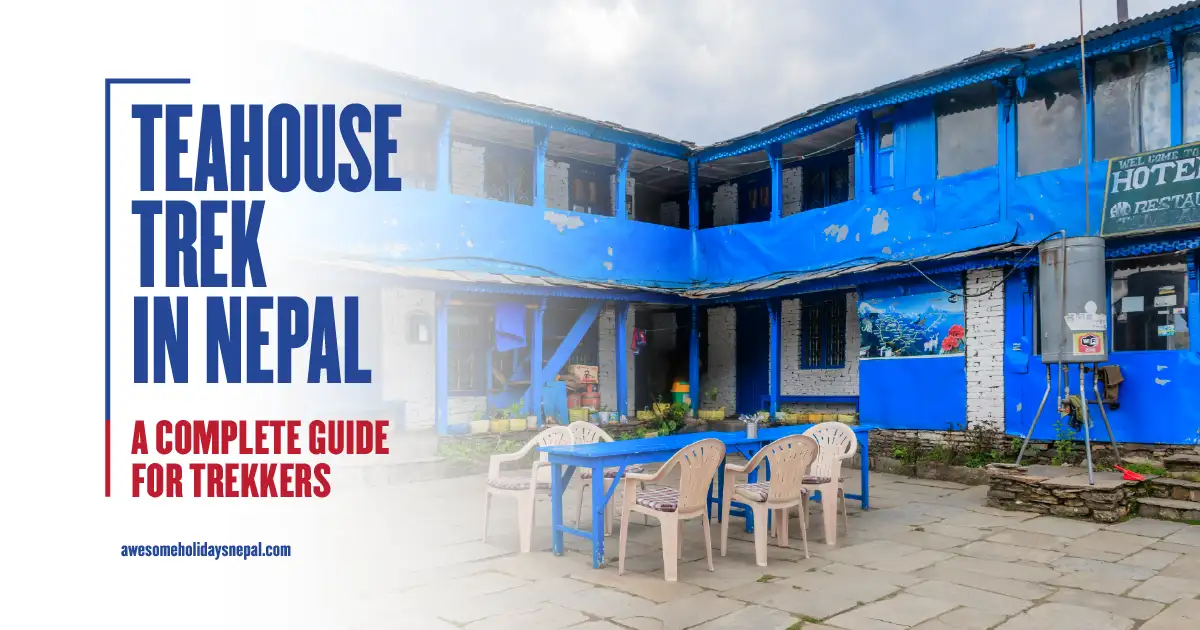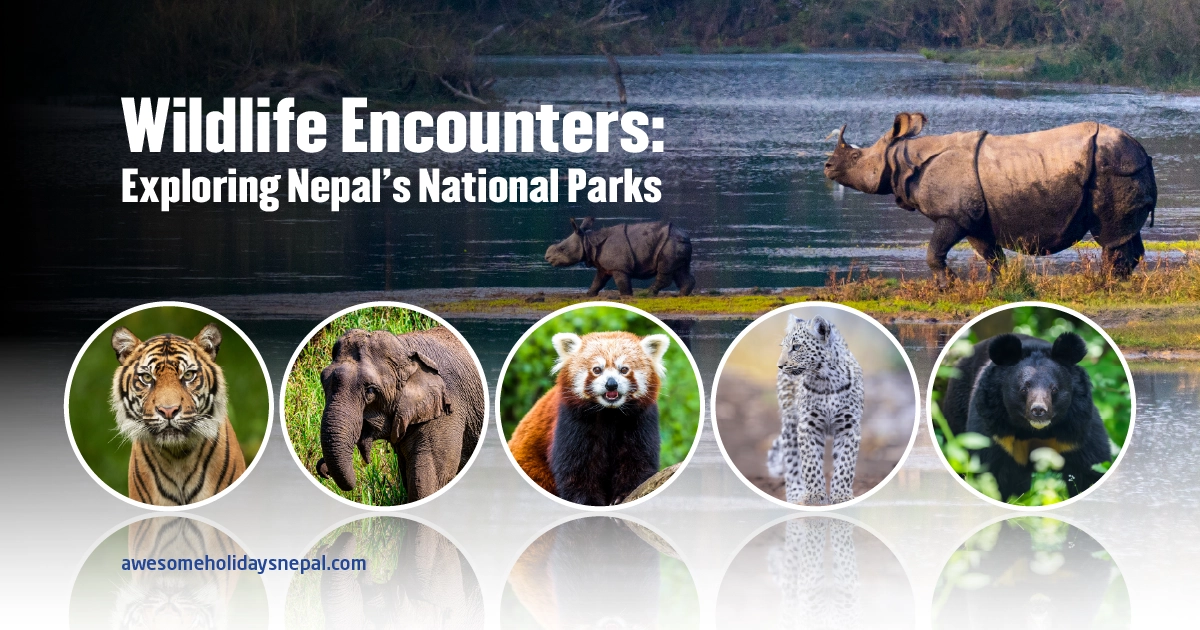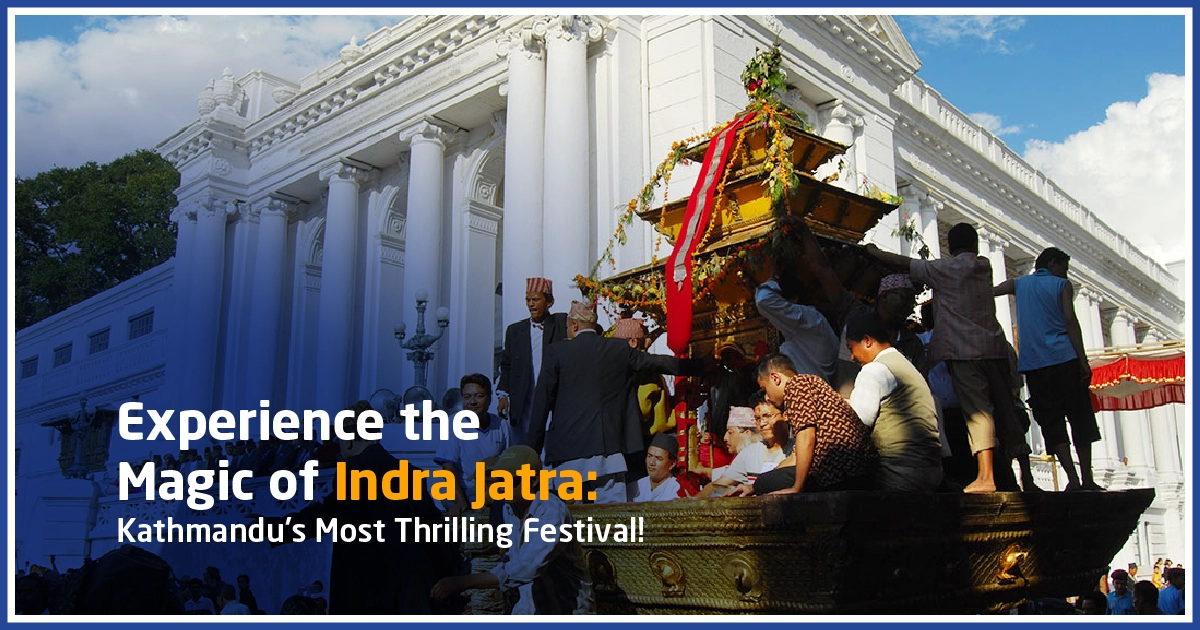Damodar Kunda: A Hidden Pilgrimage in Upper Mustang
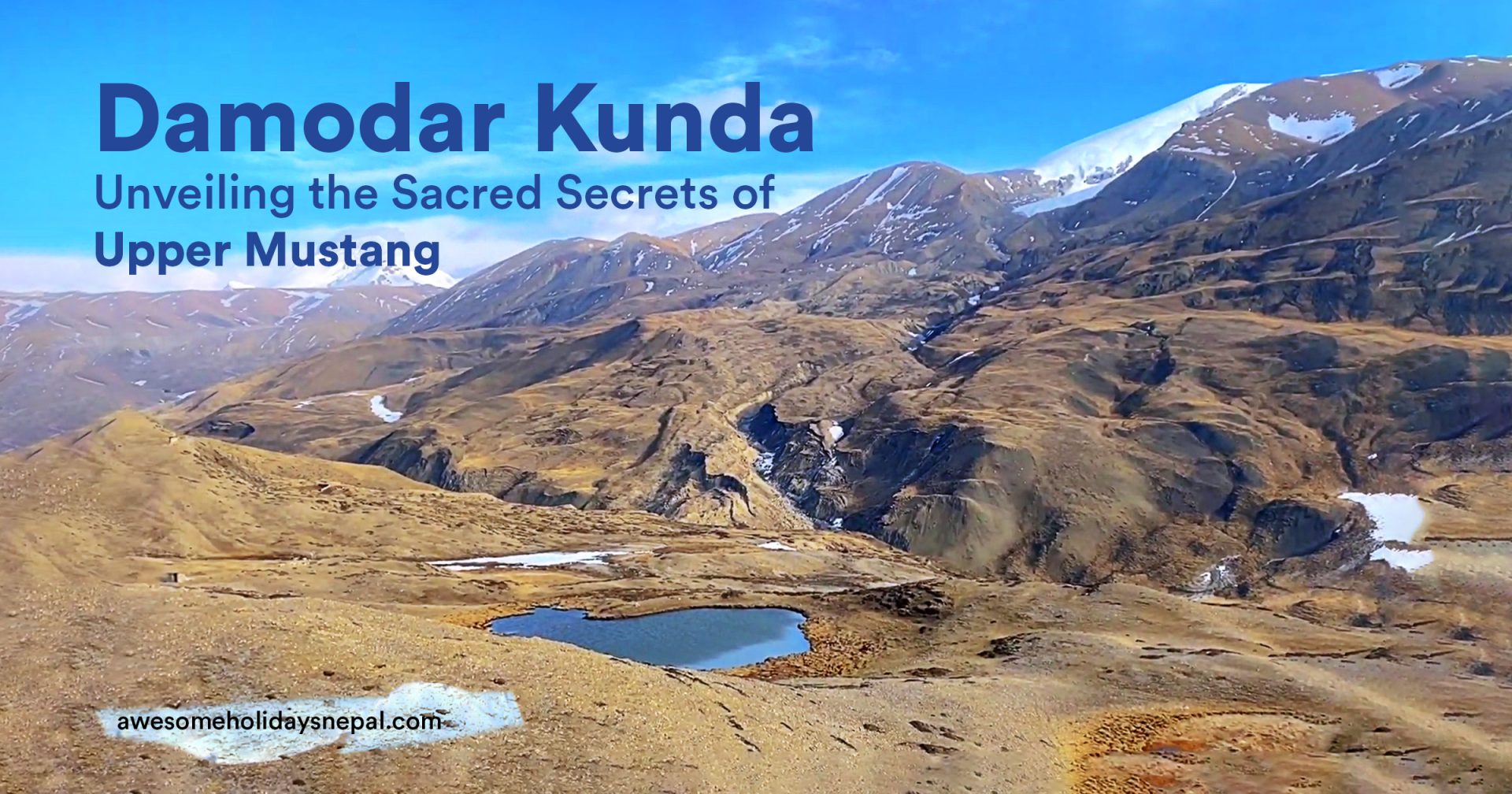
Damodar Kunda is a sacred pilgrimage site nestled in the rugged landscapes of Upper Mustang in Nepal. The sacred site is located at an altitude of 4,890 meters and is on the lap of Damodar Himal, surrounded by stunning Himalayan peaks.
This Kunda is a sacred lake shrouded in faith, myth, and natural beauty. It holds great religious significance for both Hindus and Buddhists. Unfortunately, it remains one of the least-visited destinations in Nepal due to its high-altitude terrain, remote location, and restricted entry requirements.
Trekking to Damodar Kunda is an unforgettable experience for those who seek a spiritual and adventurous journey off the beaten path. Along the trail, trekkers witness stunning landscapes, ancient monasteries, and villages.
So, let’s learn more about the Damodar Kunda, a hidden pilgrimage in the Upper Mustang region.
Significance of : Mythology and Religious
Hindu Beliefs
In Hindu mythology, Lord Vishnu is very closely related to Damodar Kunda. The Baraha Puran refers to the lake, where Vasudeva, Lord Krishna’s father, meditated to beg for absolution for his crimes. According to pilgrims, bathing in Damodar Kunda purifies one’s sins and paves the way for spiritual liberation (moksha). Particularly propitious is the full August moon, when followers from India and Nepal come to the lake to pray and conduct ceremonies.
The source of the Kali Gandaki River, well-known for its Shaligram stones—sacred fossils believed to represent Lord Vishnu—is also valued as the source of the lake. Many Hindu pilgrimages go to the area to gather these stones, which have significant spiritual meaning in Hinduism.
Buddhist Connection
Damodar Kunda is spiritually linked to Guru Rinpoche (Padmasambhava), the revered saint who brought Tantric Buddhism across Tibet and the Himalayas for Buddhists. He is thought to have blessed the region with holy energy by meditating in the lake’s vicinity and in the caves there. The lake is also connected with the Dakinis (celestial beings) and is regarded as a strong location for meditation and mental awareness.
Buddhist pilgrims visit Damodar Kunda seeking blessings and purification; they sometimes also see Lo Manthang, the former walled capital of Upper Mustang, and the centuries-old monasteries along the way.
Why Visit Damodar Kunda?
Damodar Kunda is one of the least-explored trekking routes in Nepal. But it has numerous things to offer. The trek grants you a chance for cultural exploration, an exciting adventure, and spiritual peace. The trek is perfect for someone looking for divine blessings and who seek spiritual purification and divine blessings.
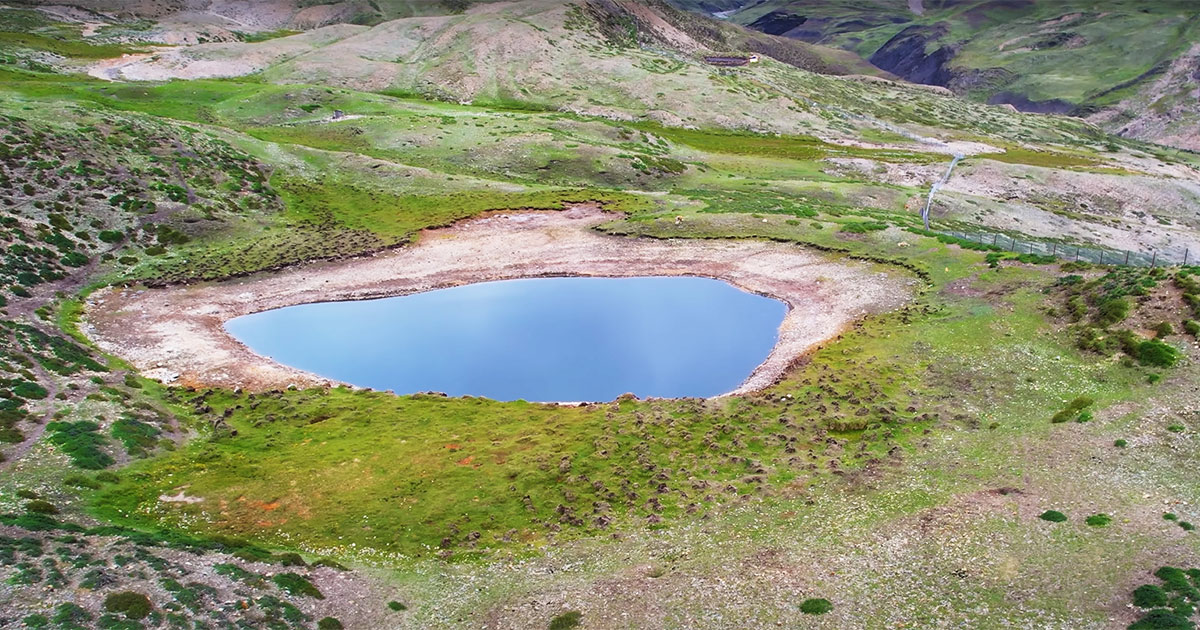
Adventurers get to experience a challenging high-altitude trek, Tibetan-influenced Mustang traditions, and chance to witness trans-Himalayan landscapes.
Yeah, the journey to Damodar Kunda is exhausting and demanding, but we can vouch that it is worth your troubles as it is one of the most sacred and rewarding adventures in Nepal, offering an experience unlike any other.
The Journey to Damodar Kunda
Starting Point: Jomsom to Lo Manthang
Accessible by a quick flight from Pokhara, Jomsom is the entrance to Upper Mustang region and the starting point of the Damodar Kunda trip. Jomsom is situated at an altitude of 2,743 meters.

The trekkers embark on their journey from Jomsom towards Nepal’s last forbidden kingdom, Lo Manthang situated at an altitude of 3,840 meters across the dry lands of Mustang, following the Kali Gandaki River.
Lo Manthang, serves as an important acclimatization point with its Tibetan-style houses, rich Buddhist culture, and ancient monasteries. It is the perfect stop before venturing more into the isolated Mustang area.
Lo Manthang to Damodar Kunda trek
The Lo Manthang to Damodar Kunda trek is a true test of endurance, that takes you through rugged terrains, high-altitude mountain passes, and remote valleys. Along the path, you will find the ancient Luri Gompa (4,050 meters), a cave monastery several centuries old decorated with elaborate Buddhist murals and texts that provides a peek into the rich spiritual legacy of Mustang.
From there, the path continues to Ghuma Thanti (4,700m), a desolate but crucial camping area where visitors sleep in modest tin huts before heading deep into the wild. Most physically challenging is the part where one traverses Kyumu La (5,300m) and Batsyak La (5,450m)—two imposing mountain passes testing both tenacity and stamina.
Ascending towards Damodar Kunda, the air thins, the scenery becomes even more desolate, and the sensation of isolation deepens. The great emptiness of Upper Mustang, which makes the last stretch more than just a trek but a deep spiritual pilgrimage where the silence of the Himalayas resonates like a meditation in itself, creates a powerful feeling of solitude given there are no villages or settlements in view.
Beauty and Challenges of Trekking to Damodar Kunda
You get welcomed with the stunning sights of crystal-clear blue waters. The lake is set against the backdrop of snow-capped mountain peaks like Dhaulagiri (8,167m), Nilgiri (7,061m), and Tilicho Peak (7,134m). You will get a heavenly and majestic experience as you’re in the arms of a tranquil lake, along with barren landscape and howls of winds. It feels like time is at a standstill.
However, due to its extreme remoteness, Damodar Kunda lacks any proper accommodations, with only basic tin huts available. Trekkers usually camp overnight before beginning the return journey. The altitude and harsh weather conditions make the trek physically demanding, requiring proper acclimatization and preparation.
Ideal Time to Visit Damodar Kunda
Whenever we think of going to any place, we need to keep in mind that one should visit the spot at an ideal time. So, if you want to know, the best time to explore, it is during the spring season (March to May) and autumn season (September to November). During these seasons, the skies are crystal-clear, and the weather is stable.
We don’t advise visiting Damodar Kunda during Winter season (December to February) as it’s extremely cold and there’s heavy snowfall, which makes the trail to high passes treacherous.
Permits and Restrictions
The Damodar Kunda is situated in the restricted Upper Mustang region, so visitors need to get special permits. First you should get the Upper Mustang Restricted Area Permit (RAP) and you also need to have Annapurna Conservation Area Permit (ACAP).
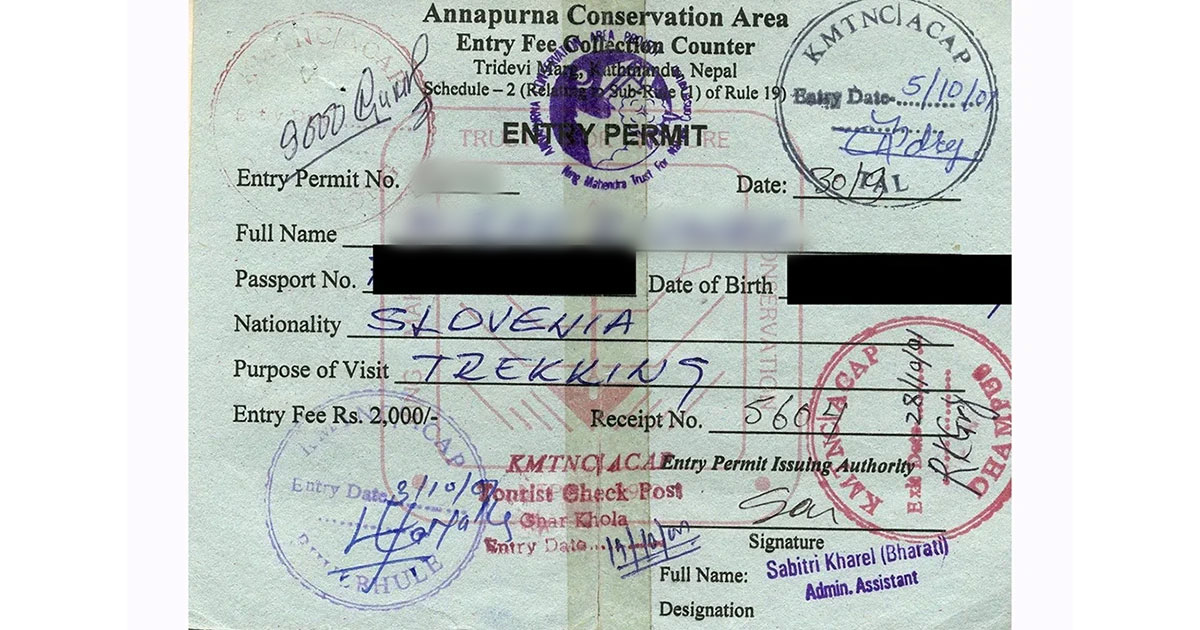
You can obtain these permits through a registered trekking agency. Similarly, as per government regulations the adventurers should trek with a licensed tourist guide.
Visit Damodar Kunda: Pilgrimage Unlike Any Other
Damodar Kunda is a hidden jewel of Mustang that is a sanctuary of faith, and a true test of endurance for travelers. This hidden gem offers a spiritual peace and the untouched paradise, mesmerizes you with its raw beauty and religious significance.
The journey promises to be filled with breathtaking landscapes, spiritual fulfillment, and an intimate encounter with Nepal’s mystical region.
So, hurry and lace your boots. This blog invites you to explore the untouched wilderness of Nepal as you immerse in its deep-rooted cultural and religious traditions.
FAQs
Expand AllWhat is the altitude of Damodar Kunda?
The maximum altitude of Damodar Kunda is 4,890 meters.
Do I need prior experience for Damodar Kunda Trek?
Yeah, it is recommended to have prior experience before Damodar Kunda Trek.
Where is Damodar Kunda in Nepal?
It is situated in the Upper Mustang region of Nepal, just near the Tibetan border.
What are the permits required?
You need two permits for the trek. The Annapurna Conservation Area Permit (ACAP) and the Upper Mustang Restricted Permit (RAP).
Do I need a special permit to visit Damodar Kunda?
Yes, you need to get a special permit to visit Damodar Kunda.
When is the best time to visit?
The best time to visit is during the spring (March to May) and autumn (September to November) seasons.
What is the significance of Damodar Kunda?
The lake is considered sacred place for both Hindus and Buddhists. Similarly, it is also believed that one’s sins get cleansed after taking a dip in the lake.
Can I combine the Damodar Kunda trek with a visit to Lo Manthang?
Yeah, you can combine the Damodar Kunda trek with a visit to Lo Manthang.
Can I do the Damodar Kunda trek independently?
Nop, you cannot do the Damodar Kunda trek independently.
What mountains can be seen from Damodar Kunda?
You can witness mountains like Dhaulagiri (8,167m), Tilicho Peak (7,134m), Nilgiri (7,061m), and the Damodar Himal from Damodar Kunda.
Is Damodar Kunda connected to the Kali Gandaki River?
Yeah, Damodar Kunda connected to the Kali Gandaki River.
Is Damodar Kunda suitable for spiritual or meditation retreats?
Without a doubt, Damodar Kunda is perfect for spiritual or meditation retreats.
Related blog posts
Discover a choice of tourist destinations loved by most of our visitors. Whether you're on a jungle safari to spot rare animals or walking through a world heritage site, these well-planned itineraries cover the major highlights of Nepal.


